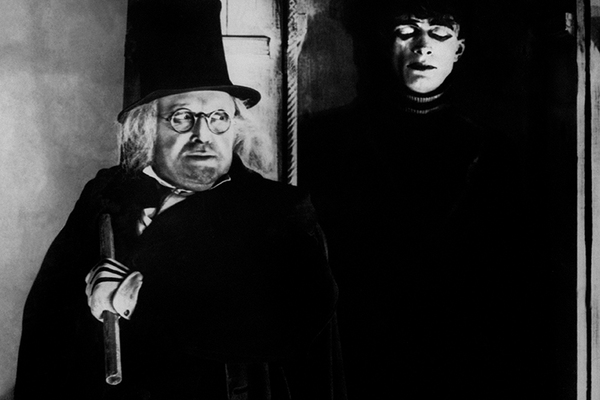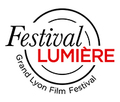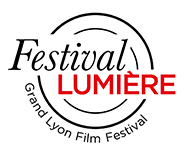Film-concert
The Cabinet of Dr. Caligari
PostED ON 18.10.2023
The Cabinet of Dr. Caligari (1920) raises many questions: Can a film with hallucinatory sets (by Walter Reimann, Walter Röhrig and Hermann Warm) but rather head-on direction be qualified as Expressionism? Who is the real author of a work whose creators, all exiled to the United States to escape Nazism, sought to claim ownership? Finally, as the historian Siegfried Kracauer famously argued, does Caligari's hypnotic power over his victim transformed into a murderer foreshadow Hitler's power? Whatever the answers (respectively: Yes; Robert Wiene; in a certain sense, according to the author of these lines), this horrific fable has lost none of its power.
 The Cabinet of Dr. Caligari, 1920 © DR
The Cabinet of Dr. Caligari, 1920 © DR
On the contrary, in the fine restoration presented by the Murnau Foundation, we are struck by the physical presence of the artists; Conrad Veidt's thick make-up makes him seem like an actor pacing the stage of the Schaubühne. Although the film was shot over a hundred years ago in a Berlin studio, they are here, before our very eyes.
Aurélien Ferenczi
SCREENING
SILENT FILM CONCERT
The Cabinet of Dr. Caligari by Robert Wiene (silent, Das Cabinet des Dr. Caligari, 1920, 1h17)
Auditorium of Lyon – Wednesday, 18 October at 8pm
Accompanied by the National Orchestra of Lyon conducted by Frank Strobel

